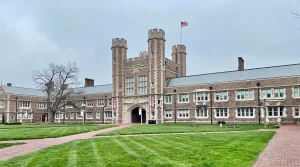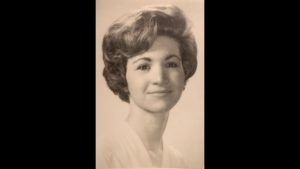The Jewish history of Thomas Jefferson’s Monticello
Published November 22, 2022
Is there anything more fun than peering into how the other half lives? My wife and I have found visiting historic homes and estates throughout the United States and abroad an ongoing amusement. We’ve toured dozens of historic hotspots, including The Mount, writer Edith Wharton’s home in Lenox, Mass.; Publisher Walter Annenberg’s Sunnyland in Palm Springs; and the Gamble House in Pasadena (think Procter). But we were neither prepared for, nor aware of, what we learned about Jewish history on a recent southern sojourn to a magnificent property.
First, we visited the Biltmore In Asheville, N.C., where a 75,000-square-foot estate is spread among 8,000 acres and beautifully landscaped by Frederick Law Olmstead. Clearly, George Vanderbilt built himself the largest home in the United States with no expense spared.
From there we ventured, unsuccessfully (a story for another day) on the Blue Ridge Parkway, eventually reaching Charlottesville, Virg., home of Thomas Jefferson’s Monticello, the University of Virginia and unfortunately, the more recent Proud Boys march.
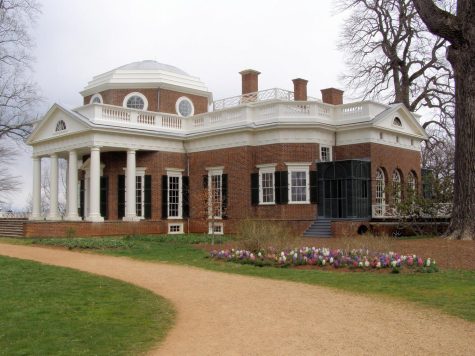
It was at Monticello where we had our most astounding revelation. Monticello is surely a masterpiece of American architecture, where Jefferson oversaw every nail, windowsill and piece of furniture, not to mention its elaborate gardens (not as elaborate as the Biltmore but hey, this was 100 years earlier and a real working farm – dare I say plantation?).
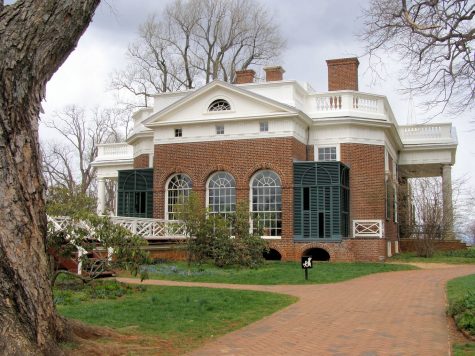
Upon returning from France where he was greatly influenced by the European architecture, Jefferson reduced the height of Monticello, making the three-story structure appear as if it was only one. The house sits majestically on its small “Italian” mountain (hence Monticello) with extended views to the cupola of UVA. Quite simply a feat of the human mind to meet all of life’s essential living and spatial needs in the early 19th century.
However, as masterful, creative and statesman-like as he was, and putting aside for now, his slave ownership and relationship with Sally Hemmings (his wife’s half-sister) Jefferson died in extreme debt in 1826, on July 4th just hours apart from his fellow patriot John Adams. In 1830, Jefferson’s daughter and grandson sold Monticello for a song to a pharmacist in Asheville and then in 1834, the pharmacist sold it for a second song to none other than a prominent Jewish family from New York – Commodore Uriah Phillips Levy who had risen, as a practicing Jew, to the highest rank in the U.S. Navy.
For his ascension to this role, Levy was most grateful to Jefferson who he mightily admired for the former president’s steadfast adherence to the separation of church and state. Levy committed himself to preserving Monticello and wrote that the houses of great men like Jefferson should be kept as “monuments to their glory.”
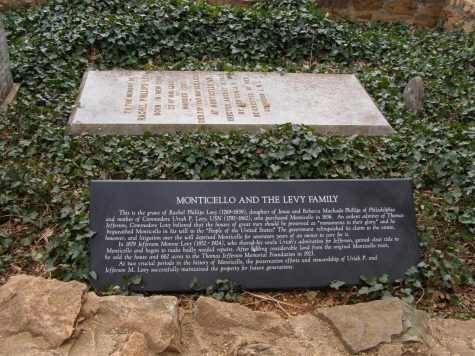
Levy died in 1862 and bequeathed Monticello to the U.S. government, which essentially rejected his behest. The home then fell into the hands of the Confederacy during the War Between the States, but Levy’s heirs contested the will and in 1879, won back the home.
Then, Jefferson Monroe Levy, a businessman and U.S. Congressman from New York, used the home as a summer retreat making sure not to change any of its original architecture. He subsequently sold it to the Jefferson Memorial Foundation in 1923, which owns and manages the property today.
There’s an interesting side story in that Rachael Machado Phillips Levy (or Grandma as she may have been known and a fourth-generation American) came to Asheville to pay a visit from New York in 1837 and while there, died. She is buried right on the property – literally a stone’s throw from the main house, while Jefferson and his descendants are all buried in a cemetery much further away from the main house.
So, did we know that for 90 years, Monticello, one of the most beloved American homes, was owned, overseen and maintained by a fellow Jew? Or that one, Racheal Levy, had her final resting place closer to Monticello than did Thomas Jefferson himself?
Definitely not. But you never know what you’ll find in our Jewish history when you travel in our own country.






